Are you wondering how Container Shipping Costs from China to France could impact your business in 2025?
As global trade faces shifting demand, fluctuating fuel prices, and evolving shipping regulations, understanding the true costs of moving freight between China and France is more crucial than ever. This article provides a clear, up-to-date overview of the main cost influencers, including current container rates, the difference between 20ft and 40ft containers, and popular shipping modes. Armed with this insight, importers can optimize logistics budgets, avoid unexpected expenses, and make strategic choices for their supply chain success.
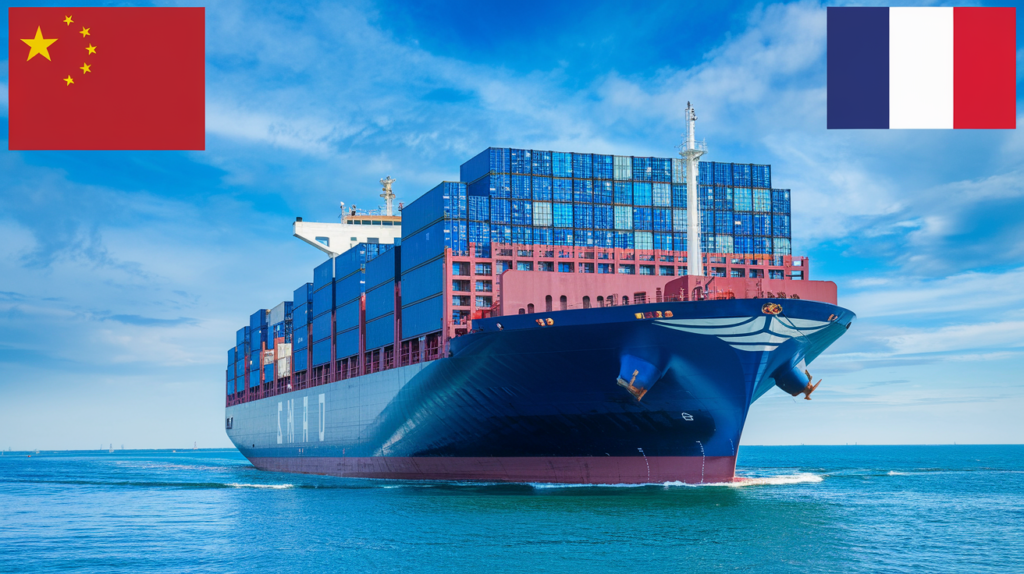
Key Factors Influencing Shipping Costs
Shipping Route and Distance
The shipping route selected plays an essential role in determining shipping costs. The distance between the origin port in China and the destination port in France directly impacts freight rates. Longer distances generally lead to higher costs due to increased fuel consumption, extended handling times, and possible port fees.
| Shipping Route | Estimated Distance (km) | Average Shipping Time (days) | Cost Estimate (€) |
|---|---|---|---|
| Shanghai to Le Havre | 18,000 | 30-35 | 1,200 – 1,500 |
| Shenzhen to Marseille | 20,000 | 32-37 | 1,300 – 1,600 |
| Guangzhou to Nantes | 19,500 | 31-36 | 1,250 – 1,550 |
The data indicates typical distances and associated costs, demonstrating the significance of shipping routes in influencing freight expenses. Additionally, ports with higher traffic volumes may have shorter shipping times, which may affect overall shipping costs positively.
Container Size: 20ft vs. 40ft
Choosing the appropriate container size is a crucial decision that can affect your shipping costs. There are primarily two standard container sizes: 20ft containers and 40ft containers.
| Container Size | Capacity (CBM) | Freight Cost (€) | Ideal For |
|---|---|---|---|
| 20ft | 28 | 1,200 – 1,500 | Small to medium shipments, heavier goods |
| 40ft | 56 | 1,800 – 2,200 | Larger shipments, lighter goods per cubic meter |
The 20ft container is generally more affordable for smaller shipments, while the 40ft container proves to be cost-effective for larger shipments or when lighter goods occupy more cubic space. Understanding the balance between shipping volume and weight can lead to significant savings.
Mode of Transport: FCL vs. LCL
Another critical factor influencing shipping costs is the mode of transport chosen: Full Container Load (FCL) or Less than Container Load (LCL).
-
FCL: This mode is cost-effective for businesses that have enough cargo to fill an entire container. The shipping cost is fixed irrespective of the cargo weight, which can lead to more predictable budgeting.
-
LCL: If you do not have enough cargo to fill a container, LCL allows you to share container space with other shippers. This option minimizes costs for smaller shipments, but it may incur additional handling and consolidation fees.
| Mode of Transport | Advantages | Disadvantages |
|---|---|---|
| FCL | Fixed costs, faster transit, less risk of damage | Higher cost for smaller shipments |
| LCL | Cost-effective for small shipments | Longer transit time, potential delays |
Choosing between FCL and LCL depends on volume, urgency, and cost considerations. Analyzing your shipment’s specific needs can guide you in selecting the best transport mode.
Additional Considerations
In addition to the factors mentioned above, other elements can also impact shipping costs. These include customs duties, insurance services, and warehouse services. Awareness of these factors ensures a comprehensive understanding of total shipping costs.
To streamline your shipping process and ensure reliable service, consider partnering with a proficient freight forwarder like Dantful International Logistics. Dantful provides a wide range of services, including Insurance Services, Customs Clearance, and Warehouse Services, making it a highly professional and cost-effective choice for global traders. If you are looking for reliable solutions for door-to-door shipping or DDP shipping services, explore how Dantful can help you optimize your shipping experience.
You may be interested in the following related articles:
- How to Find the Cheapest Shipping Company from China to Australia
- Container Shipping Costs from China to Saudi Arabia: What You Need to Know
- The Ultimate Guide to Door to Door Shipping from China to Yemen
- Container Shipping Costs from China to Australia: What You Need to Know
- The Ultimate Guide to Container Shipping Costs from China to USA in 2024
- Cheapest Shipping Company from China to Russia: What You Need to Know
Shipping Costs for Containers from China to France
Understanding the shipping costs associated with importing goods from China to France is crucial for budgeting and planning. This section discusses the costs related to 20ft and 40ft containers, along with comparisons of Full Container Load (FCL) and Less than Container Load (LCL) shipping methods.
20 ft Container Shipping Cost from China to France
Cost Breakdown for 20ft Containers
The cost of shipping a 20ft container from China to France varies based on multiple factors including shipping routes, port fees, and additional handling charges. On average, you can expect the following cost components:
| Cost Component | Estimated Amount (€) | Description |
|---|---|---|
| Freight Cost | 1,200 – 1,500 | Base cost for shipping the container |
| Port Fees | 150 – 300 | Fees charged by ports in China and France |
| Customs Clearance Fees | 100 – 250 | Charges for processing customs paperwork |
| Insurance Services | 50 – 100 | Coverage for cargo loss or damage during transit |
| Handling Charges | 50 – 150 | Fees for loading/unloading the container |
| Total Estimated Cost | 1,600 – 2,450 | Overall cost estimate for shipping a 20ft container |
These figures provide a general outline of potential expenses. It is advisable to confirm the exact rates with your freight forwarder, such as Dantful International Logistics, to ensure accurate budgeting.
40 ft Container Shipping Cost from China to France
Cost Breakdown for 40ft Containers
Shipping costs for 40ft containers follow a similar structure but tend to be higher due to their larger capacity. Here is a detailed breakdown:
| Cost Component | Estimated Amount (€) | Description |
|---|---|---|
| Freight Cost | 1,800 – 2,200 | Base cost for shipping the larger container |
| Port Fees | 200 – 400 | Fees charged by ports in China and France |
| Customs Clearance Fees | 150 – 300 | Charges for processing customs paperwork |
| Insurance Services | 75 – 150 | Coverage for cargo loss or damage during transit |
| Handling Charges | 75 – 200 | Fees for loading/unloading the container |
| Total Estimated Cost | 2,300 – 3,400 | Overall cost estimate for shipping a 40ft container |
The increase in capacity and potential savings on a per-cubic-meter basis make the 40ft container a popular choice for larger shipments.
Comparison of FCL and LCL Shipping Costs
Comparing FCL and LCL shipping costs is essential for determining the most cost-effective solution for your specific shipping needs.
| Shipping Method | Cost per Container (€) | Average Transit Time (days) | Ideal Use Case |
|---|---|---|---|
| FCL | 1,200 – 2,200 | 30-35 | Best for large shipments filling the container |
| LCL | 300 – 800 (depending on volume) | 35-45 | Suitable for smaller shipments sharing space |
FCL is generally more economical for larger shipments, while LCL can be beneficial for those looking to minimize costs when shipping smaller volumes. Understanding your shipment’s specifics will guide you in selecting the most appropriate option.
Additional Fees and Charges
Port Fees and Handling Charges
When shipping containers, various port fees and handling charges may apply. These fees are levied by the ports for services such as docking, loading, and unloading of containers. Different ports may have varying fee structures, so it is important to account for these costs in your overall shipping budget.
| Type of Fee | Estimated Amount (€) | Description |
|---|---|---|
| Port Handling Fee | 50 – 200 | Fees for container handling at the port |
| Terminal Handling Charge | 100 – 300 | Charges for using port terminal facilities |
Customs Duties and Taxes
Navigating customs duties and taxes is a critical aspect of international shipping. Upon arrival in France, imported goods may be subject to duties and taxes based on their declared value and classification under the Harmonized System.
| Duty Type | Estimated Rate (%) | Description |
|---|---|---|
| Import Duty | 0 – 12 | Varies based on product classification |
| Value Added Tax (VAT) | 20 | Standard VAT rate applicable on imports |
The specific duties and taxes will vary depending on the product type and its value. Consulting your freight forwarder or customs broker can help ensure compliance with regulations and accurate cost estimation.
Dantful International Logistics provides comprehensive support in navigating these complexities, offering services like Customs Clearance to facilitate smooth shipping experiences. For businesses engaged in international trade, leveraging a trusted freight forwarding partner can simplify logistics and reduce risks.
Shipping Time from China to France
When importing goods from China to France, understanding the shipping time is essential for effective planning and operations. Depending on the shipping method, routes, and other factors, transit times can vary significantly. This section provides insights into average transit times for sea freight and the factors affecting shipping duration.
Average Transit Times for Sea Freight
Sea freight is one of the most common and cost-effective methods for transporting goods internationally. The average transit times for sea freight from various ports in China to France are outlined in the table below:
| Shipping Route | Average Transit Time (days) | Port of Origin | Port of Destination |
|---|---|---|---|
| Shanghai to Le Havre | 30-35 | Shanghai | Le Havre |
| Shenzhen to Marseille | 32-37 | Shenzhen | Marseille |
| Ningbo to Dunkirk | 28-33 | Ningbo | Dunkirk |
| Guangzhou to Nice | 31-36 | Guangzhou | Nice |
These transit times generally account for sailing time, port handling, and some buffer for potential delays. However, it is important to note that transit times can be affected by factors such as shipping lines, weather conditions, and port congestion.
Factors Affecting Shipping Duration
Several factors can influence shipping durations when transporting goods from China to France:
-
Shipping Route and Port Efficiency: The choice of shipping route and the efficiency of handling at the ports can significantly impact transit times. Ports with higher traffic may experience delays, while less congested ports may facilitate faster processing.
-
Vessel Schedule: The frequency of vessel departures can affect overall shipping times. Some shipping lines may have more regular sailings, while others may have less frequent schedules leading to longer waits for cargo.
-
Weather Conditions: Weather events such as storms or seasonal weather patterns can lead to delays in shipping schedules. Shipments may need to be rerouted, or vessels may remain in port until conditions improve.
-
Customs Processing: The time taken to clear customs upon arrival can vary based on the complexity of the shipment and the efficiency of customs authorities. Well-prepared documentation can expedite the customs process.
-
Handling Times: The time taken to load and unload containers at both the origin and destination ports can vary. Efficient port operations contribute to faster transit times, while delays in handling can lead to increased shipping durations.
Being aware of these factors can help you anticipate potential delays and plan accordingly.
You may be interested in the following related articles:
- Shipping From China to Greece
- Shipping From China To Cyprus
- Shipping From China to Romania
- Shipping From China to Hungary
- Shipping From China to Austria
- Shipping From China To Czech Republic
- Shipping From China To Portugal
- Shipping From China To Sweden
- Shipping From China To Belgium
- Shipping From China to Turkey
Tips for Reducing Container Shipping Costs
Managing shipping expenses is a priority for businesses engaged in international trade. Here are some effective strategies to reduce container shipping costs when importing from China to France.
Choosing the Right Freight Forwarder
Selecting a reputable and experienced freight forwarder can make a significant difference in managing shipping costs. Consider the following tips:
-
Evaluate Services Offered: Choose a freight forwarder that provides a full range of services, including Customs Clearance, Warehouse Services, and Insurance Services. This ensures a seamless shipping process and reduces the risk of unexpected costs.
-
Compare Rates: Obtain quotes from multiple freight forwarders to compare pricing. This can help you identify the best value without compromising service quality.
-
Check Reviews and References: Research customer reviews and seek references to ensure the selected freight forwarder has a solid reputation for reliability and cost-effectiveness.
-
Leverage Technology: Look for freight forwarders that utilize digital tools for tracking shipments and managing logistics. These tools can enhance communication and transparency, helping you stay informed about your shipment’s status.
Consolidating Shipments for Cost Efficiency
Consolidating shipments can help maximize container space and reduce overall shipping costs. Here are some strategies to consider:
-
Group Orders: If you frequently import smaller shipments, consider grouping them into a single larger order. This can utilize the full capacity of a container and reduce the per-unit shipping cost.
-
LCL Shipping: If consolidating orders into a full container is not feasible, consider Less than Container Load (LCL) shipping. By sharing container space with other shippers, you can minimize costs while still benefiting from the efficiencies of container shipping.
-
Collaborate with Other Businesses: Partnering with other businesses that import from China can facilitate the consolidation of shipments. This collaboration can lead to shared transportation costs while increasing shipment volumes.
-
Plan Ahead: Proper planning can help you consolidate shipments effectively. By anticipating future needs and timing your orders accordingly, you can optimize shipping efficiency and cost.
By implementing these strategies, businesses can effectively manage their shipping costs while ensuring timely delivery of goods. For tailored assistance and expert guidance, partnering with Dantful International Logistics can provide valuable support in optimizing your shipping operations and navigating the complexities of international trade.
FAQs
1. What factors influence container shipping costs from China to France?
Container shipping costs are influenced by several factors including:
- Shipping Route and Distance: Longer distances typically incur higher costs.
- Container Size: Costs vary between 20ft and 40ft containers.
- Mode of Transport: Choosing between Full Container Load (FCL) and Less than Container Load (LCL) affects pricing.
- Port Fees and Handling Charges: Fees charged by ports for loading, unloading, and processing customs.
2. What are the estimated costs for shipping a 20ft and 40ft container to France?
- 20ft Container: The total estimated cost ranges from €1,600 to €2,450, which includes freight, port fees, customs clearance, insurance, and handling charges.
- 40ft Container: The total estimated cost ranges from €2,300 to €3,400 for similar components.
3. How can I choose between FCL and LCL shipping?
- FCL is ideal if you have enough cargo to fill an entire container, leading to more predictable costs.
- LCL is suitable for smaller shipments, allowing you to share container space and reduce costs, though it may involve longer transit times.
4. What are the average transit times for shipping from China to France?
Average transit times for sea freight from various ports in China to France generally range from 28 to 37 days, depending on the shipping route and efficiency at the ports.
5. What additional fees should I consider when shipping?
In addition to the freight costs, you should account for:
- Port Fees: Costs for container handling and terminal usage.
- Customs Duties and Taxes: Applicable rates vary based on the product classification and declared value.
- Insurance Services: Costs for protecting your cargo against loss or damage during transit.
6. How can I reduce my container shipping costs?
- Choose the Right Freight Forwarder: Opt for a forwarder that offers comprehensive services and competitive rates.
- Consolidate Shipments: Group smaller orders to maximize container space or use LCL shipping to share costs.
- Plan Ahead: Anticipate future needs to facilitate effective consolidation and optimize shipping efficiency.

Young Chiu is a seasoned logistics expert with over 15 years of experience in international freight forwarding and supply chain management. As CEO of Dantful International Logistics, Young is dedicated to providing valuable insights and practical advice to businesses navigating the complexities of global shipping.

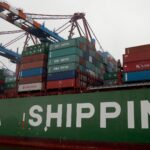




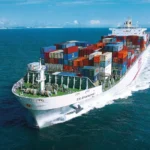



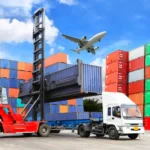
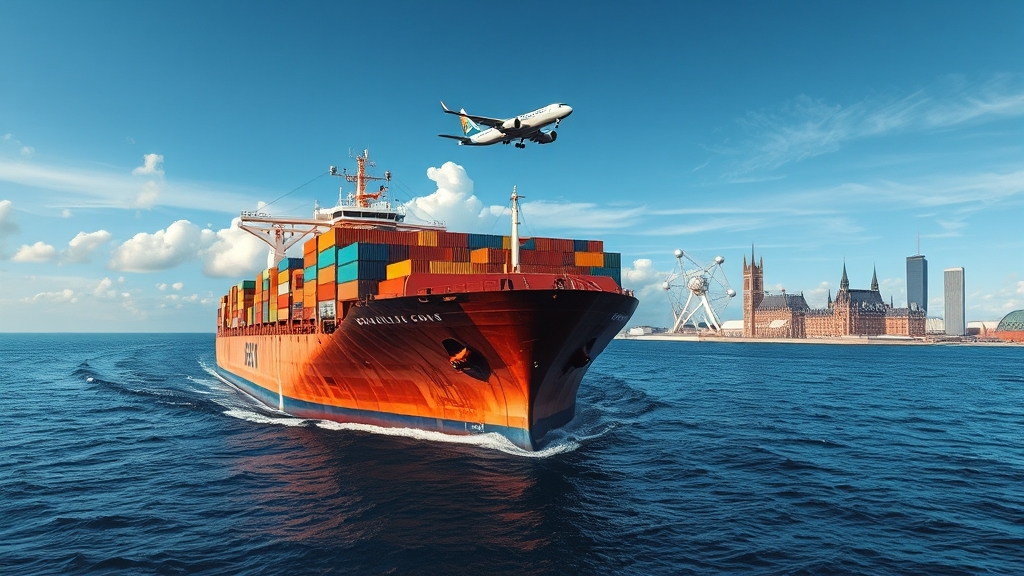
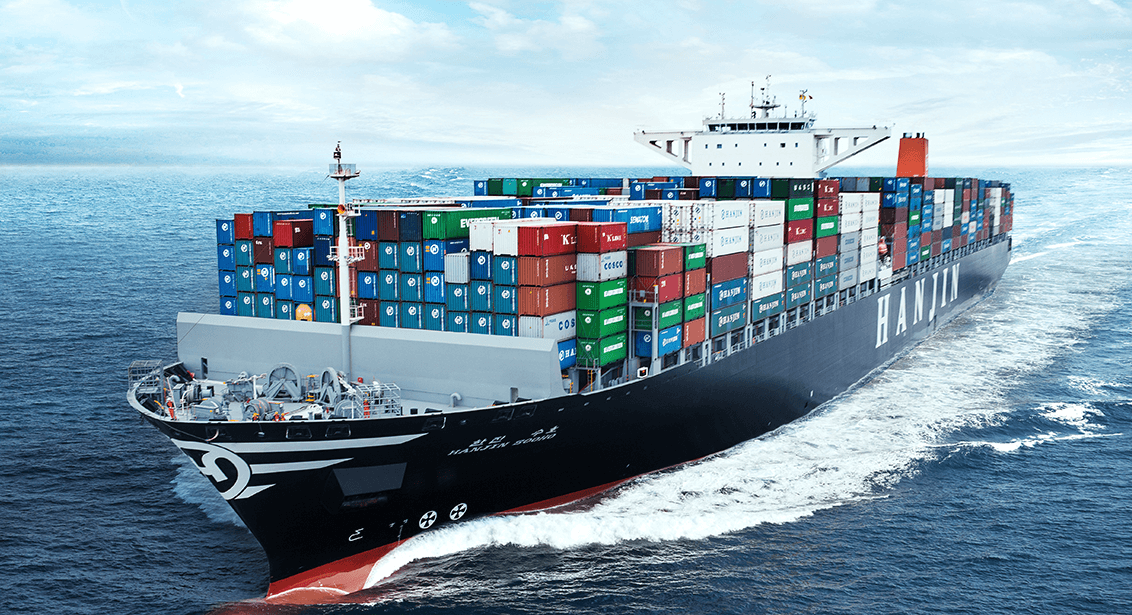
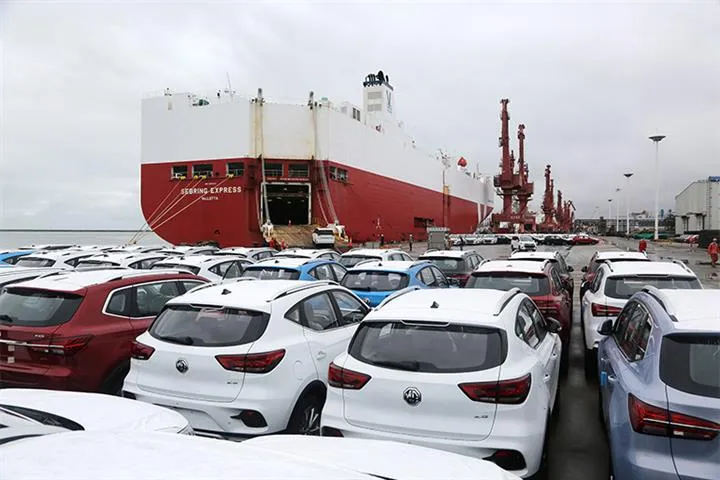

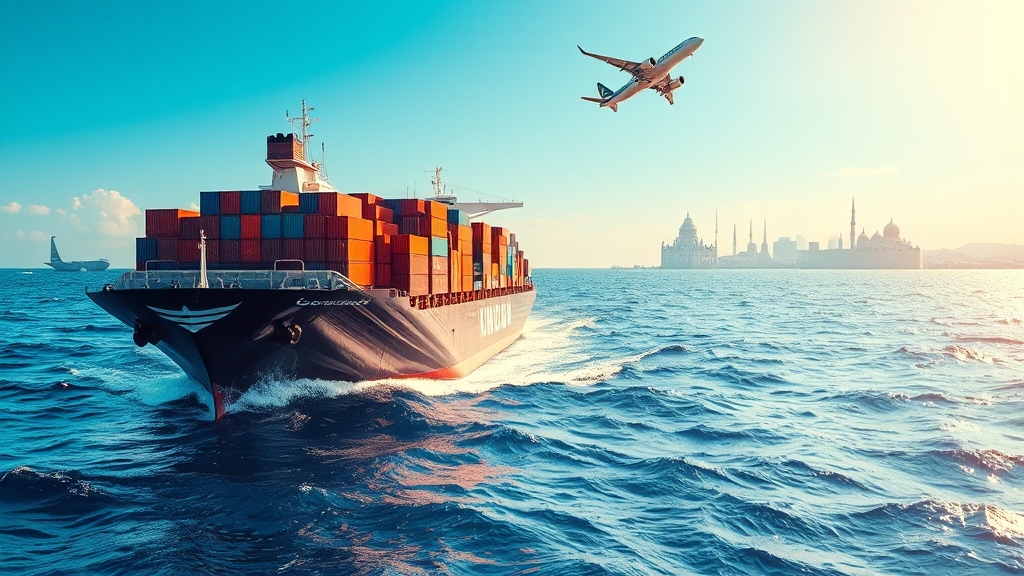





 Afrikaans
Afrikaans Shqip
Shqip አማርኛ
አማርኛ العربية
العربية Հայերեն
Հայերեն Azərbaycan dili
Azərbaycan dili Euskara
Euskara Беларуская мова
Беларуская мова বাংলা
বাংলা Bosanski
Bosanski Български
Български Català
Català Cebuano
Cebuano Chichewa
Chichewa 简体中文
简体中文 繁體中文
繁體中文 Corsu
Corsu Hrvatski
Hrvatski Čeština
Čeština Dansk
Dansk Nederlands
Nederlands English
English Esperanto
Esperanto Eesti
Eesti Filipino
Filipino Suomi
Suomi Français
Français Galego
Galego ქართული
ქართული Deutsch
Deutsch Ελληνικά
Ελληνικά Kreyol ayisyen
Kreyol ayisyen Harshen Hausa
Harshen Hausa Ōlelo Hawaiʻi
Ōlelo Hawaiʻi עִבְרִית
עִבְרִית हिन्दी
हिन्दी Hmong
Hmong Magyar
Magyar Íslenska
Íslenska Igbo
Igbo Bahasa Indonesia
Bahasa Indonesia Gaeilge
Gaeilge Italiano
Italiano 日本語
日本語 Basa Jawa
Basa Jawa ಕನ್ನಡ
ಕನ್ನಡ Қазақ тілі
Қазақ тілі ភាសាខ្មែរ
ភាសាខ្មែរ 한국어
한국어 كوردی
كوردی Кыргызча
Кыргызча ພາສາລາວ
ພາສາລາວ Latin
Latin Latviešu valoda
Latviešu valoda Lietuvių kalba
Lietuvių kalba Lëtzebuergesch
Lëtzebuergesch Македонски јазик
Македонски јазик Malagasy
Malagasy Bahasa Melayu
Bahasa Melayu മലയാളം
മലയാളം Maltese
Maltese Te Reo Māori
Te Reo Māori मराठी
मराठी Монгол
Монгол ဗမာစာ
ဗမာစာ नेपाली
नेपाली Norsk bokmål
Norsk bokmål پښتو
پښتو فارسی
فارسی Polski
Polski Português
Português ਪੰਜਾਬੀ
ਪੰਜਾਬੀ Română
Română Русский
Русский Samoan
Samoan Gàidhlig
Gàidhlig Српски језик
Српски језик Sesotho
Sesotho Shona
Shona سنڌي
سنڌي සිංහල
සිංහල Slovenčina
Slovenčina Slovenščina
Slovenščina Afsoomaali
Afsoomaali Español
Español Basa Sunda
Basa Sunda Kiswahili
Kiswahili Svenska
Svenska Тоҷикӣ
Тоҷикӣ தமிழ்
தமிழ் తెలుగు
తెలుగు ไทย
ไทย Türkçe
Türkçe Українська
Українська اردو
اردو O‘zbekcha
O‘zbekcha Tiếng Việt
Tiếng Việt Cymraeg
Cymraeg יידיש
יידיש Yorùbá
Yorùbá Zulu
Zulu